Family Leave in the US: Current Laws, Recommendations, and Impact
VerifiedAdded on 2022/09/29
|10
|773
|21
Report
AI Summary
This report provides a comprehensive analysis of paid family leave in the United States, addressing current laws, benefits, and recommendations. It begins by examining the Family and Medical Leave Act (FMLA) and its limitations, highlighting the inaccessibility of leave for many American workers. The report then delves into the benefits of paid family leave, including improved health outcomes for both parents and children, increased economic security for families, and enhanced gender equality in the workplace. It also explores the impact of paid leave on employee productivity and retention. The report suggests the adoption of comprehensive paid family leave policies, advocating for employee contributions and highlighting the positive dividends in the health and economic fields. References from various sources support the findings, offering a detailed overview of the current landscape and potential improvements in paid family leave policies.
1 out of 10
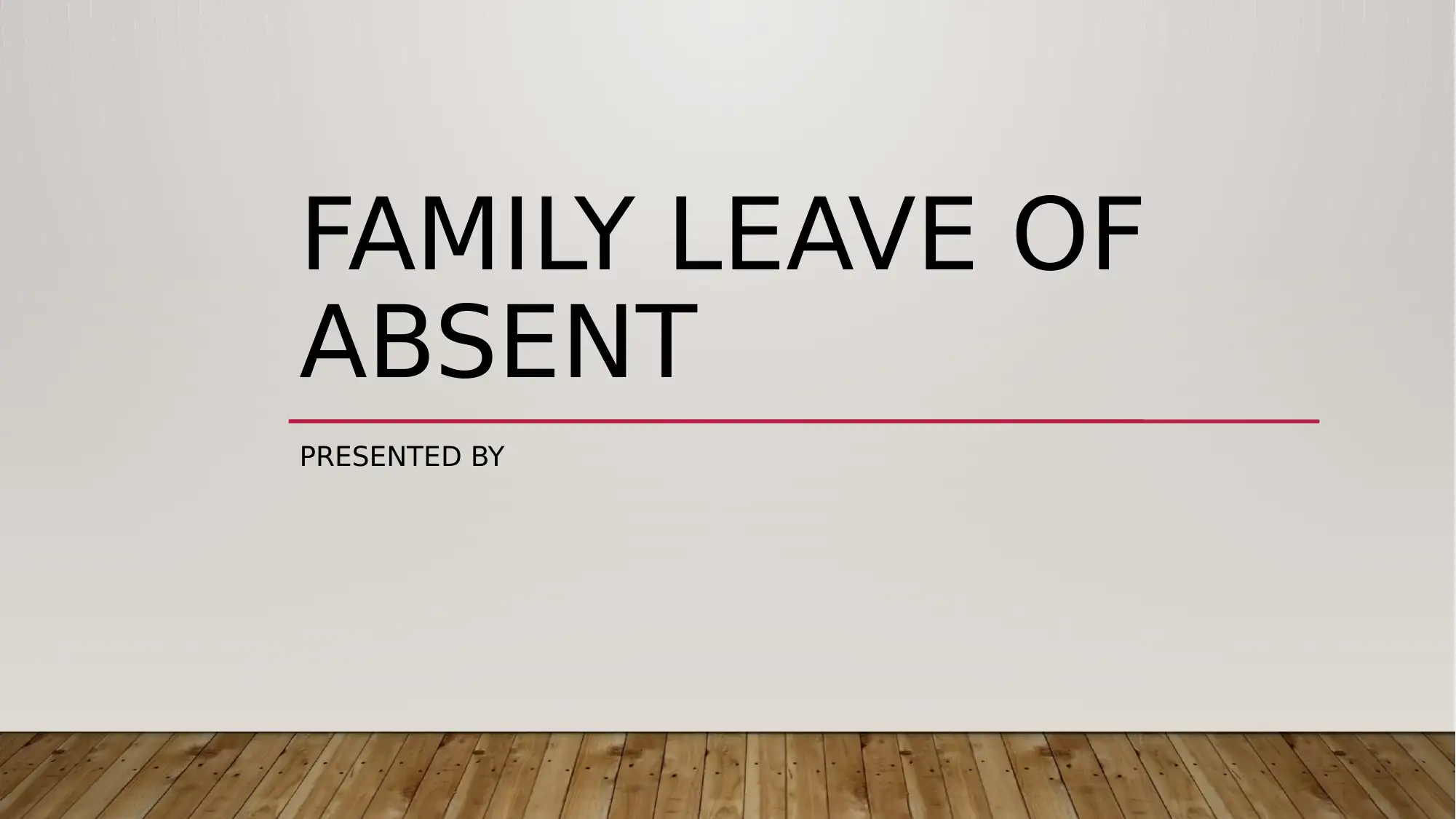
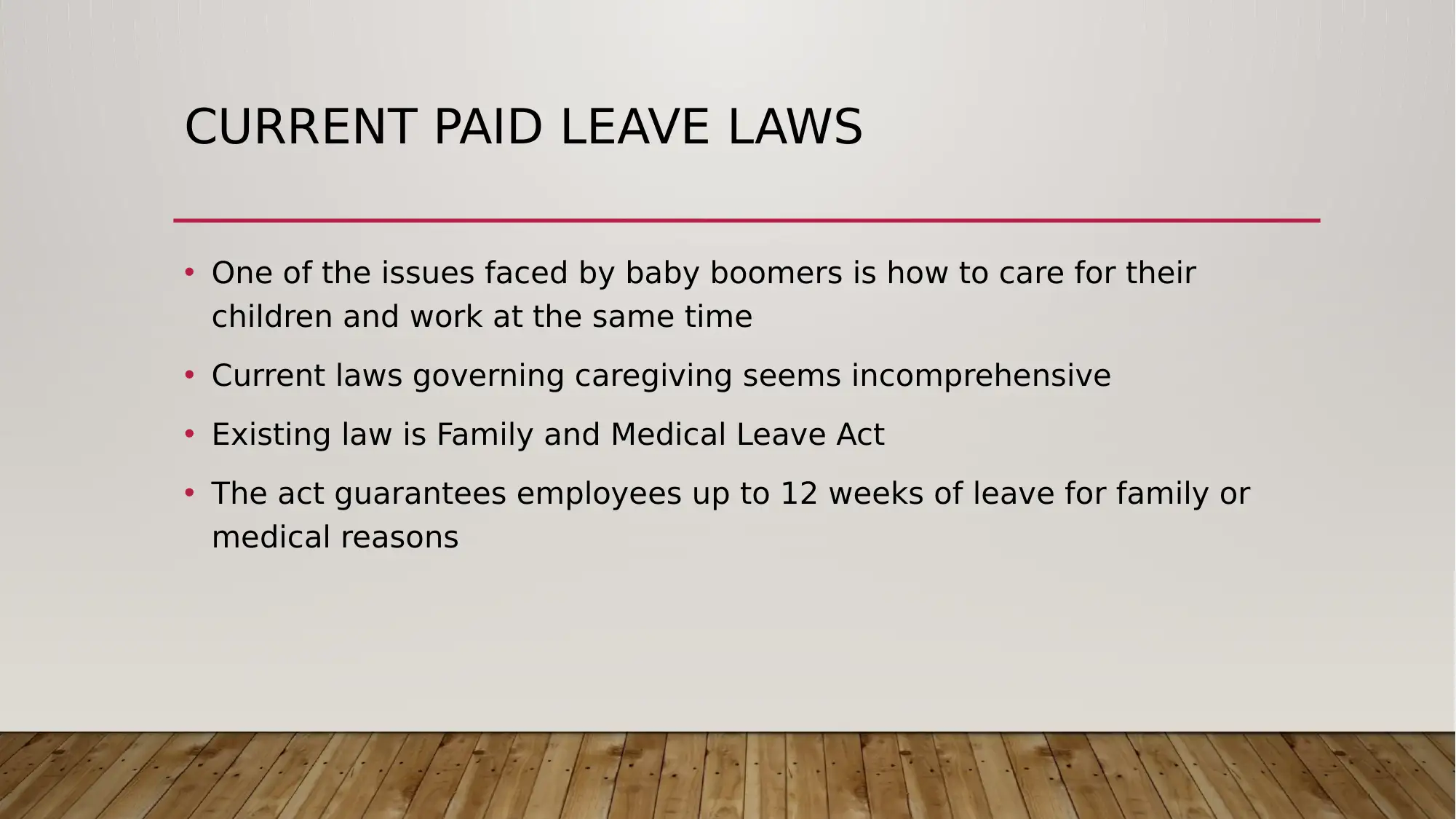
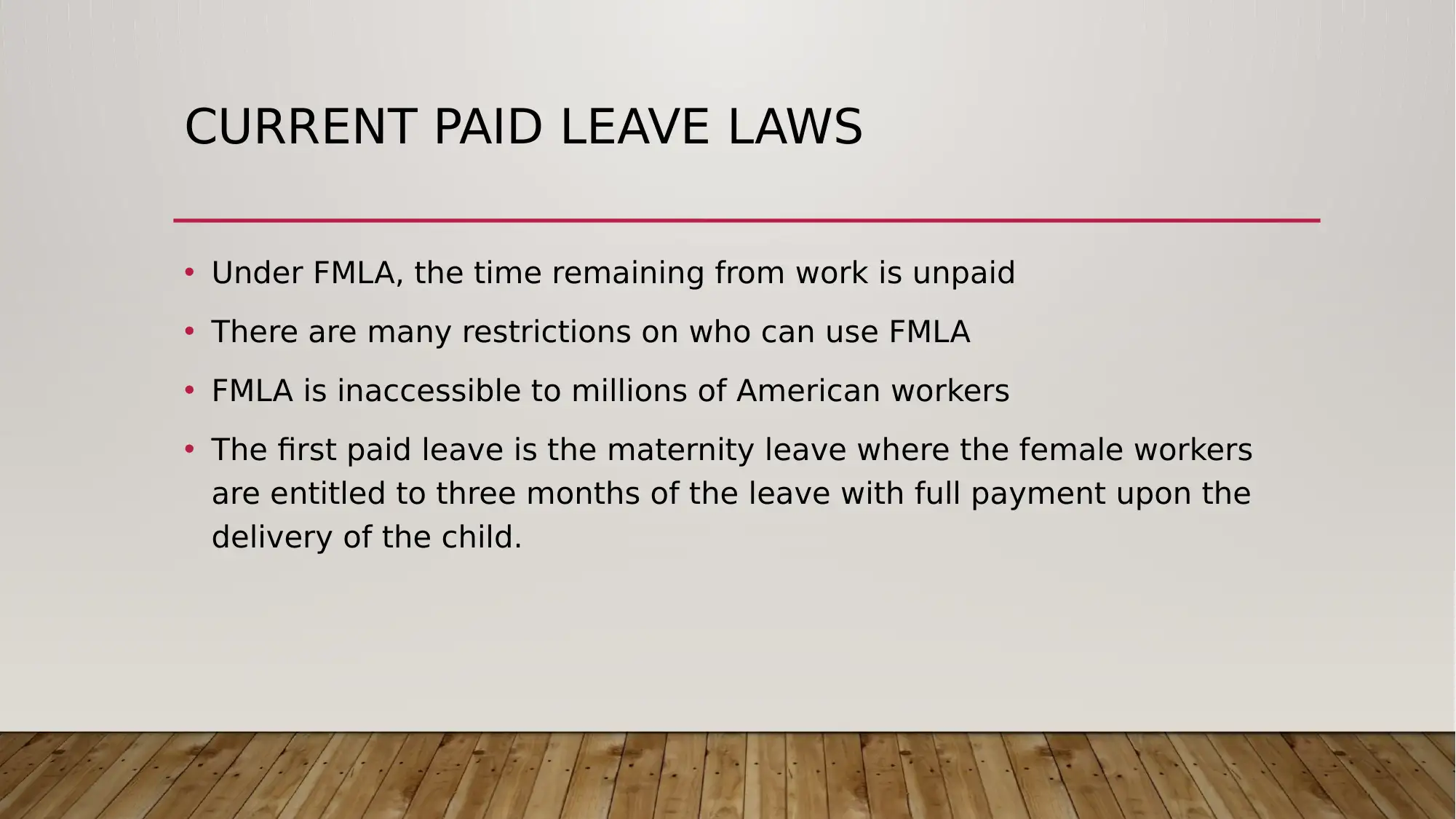

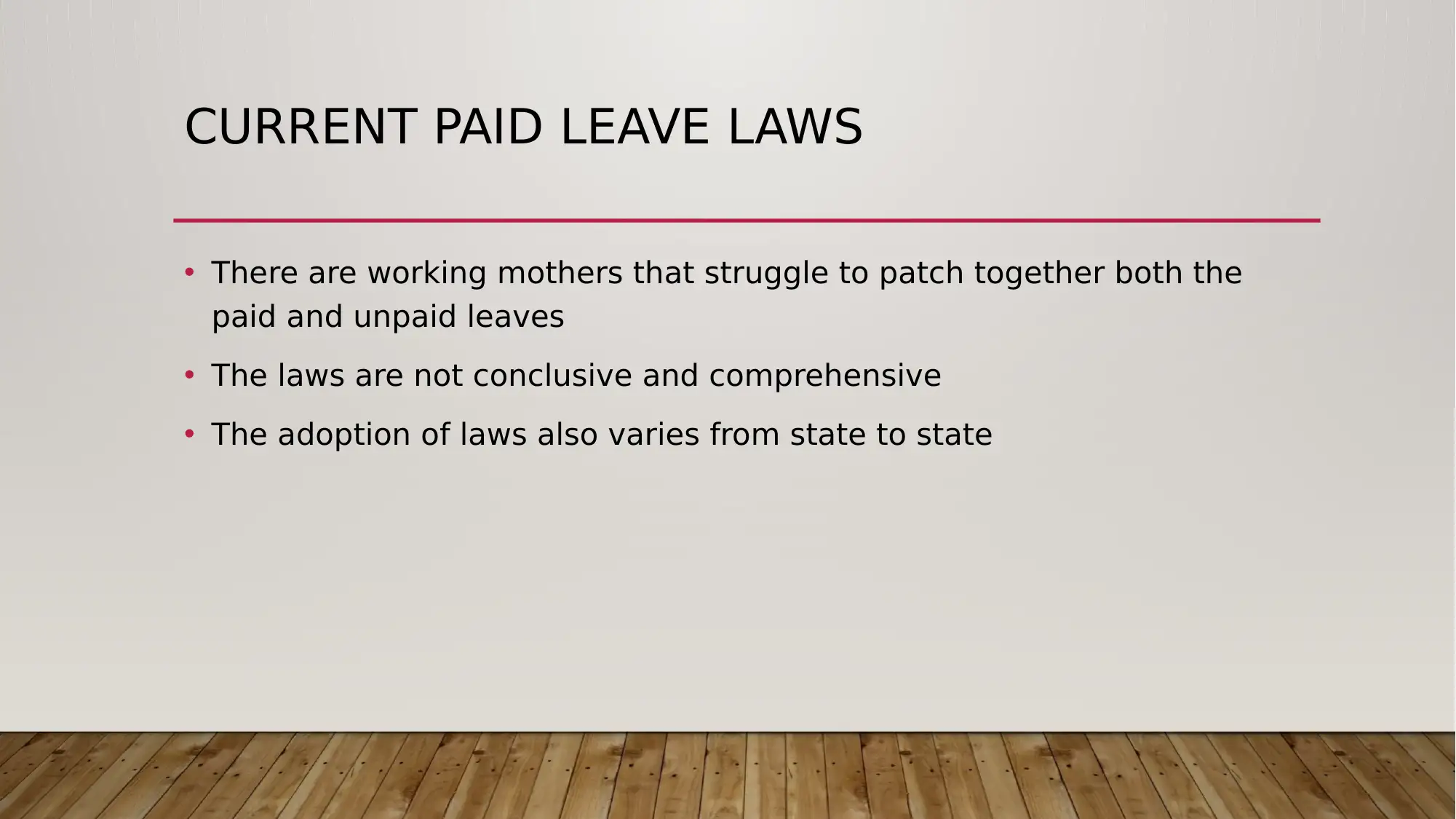
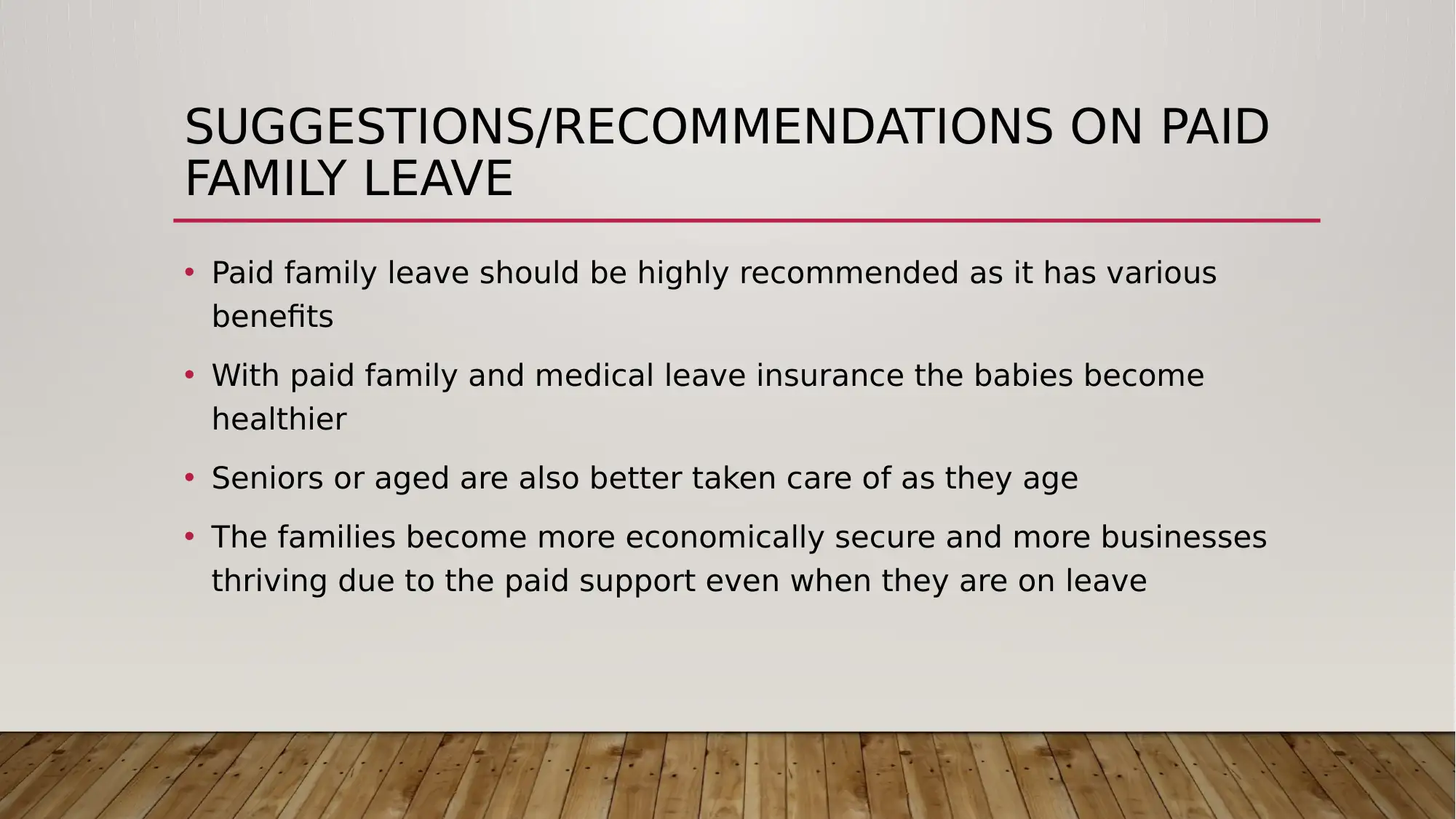
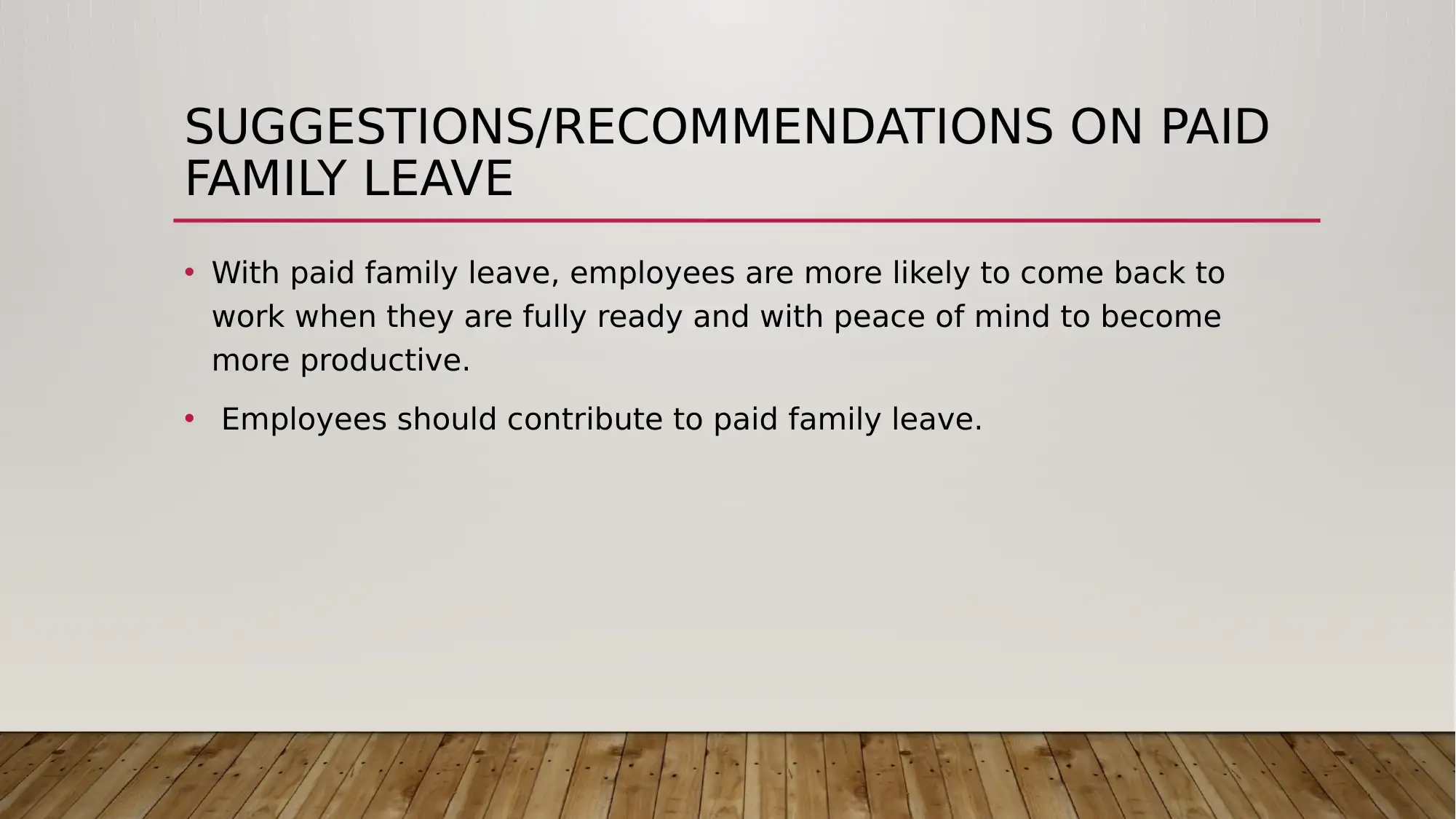
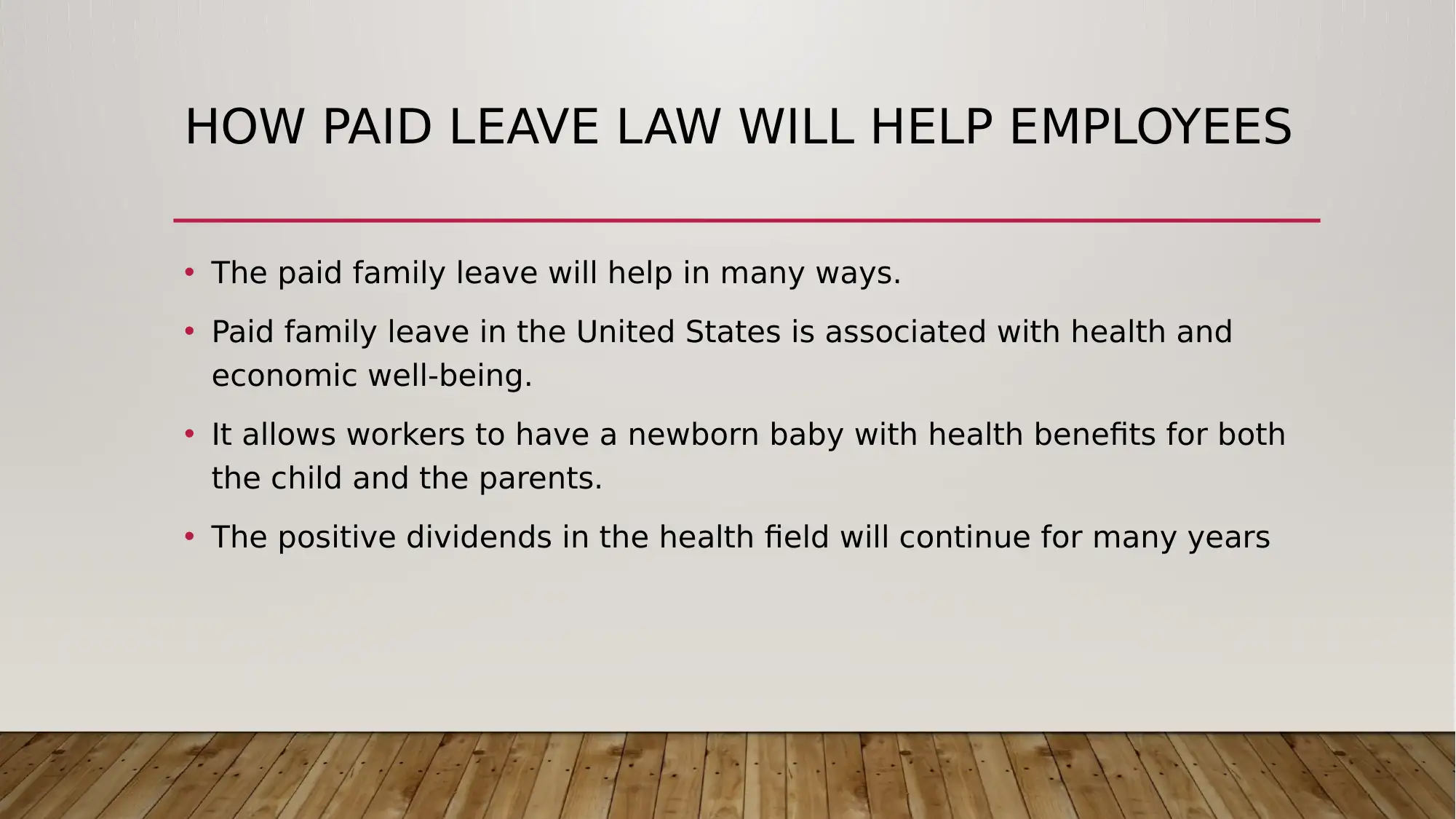
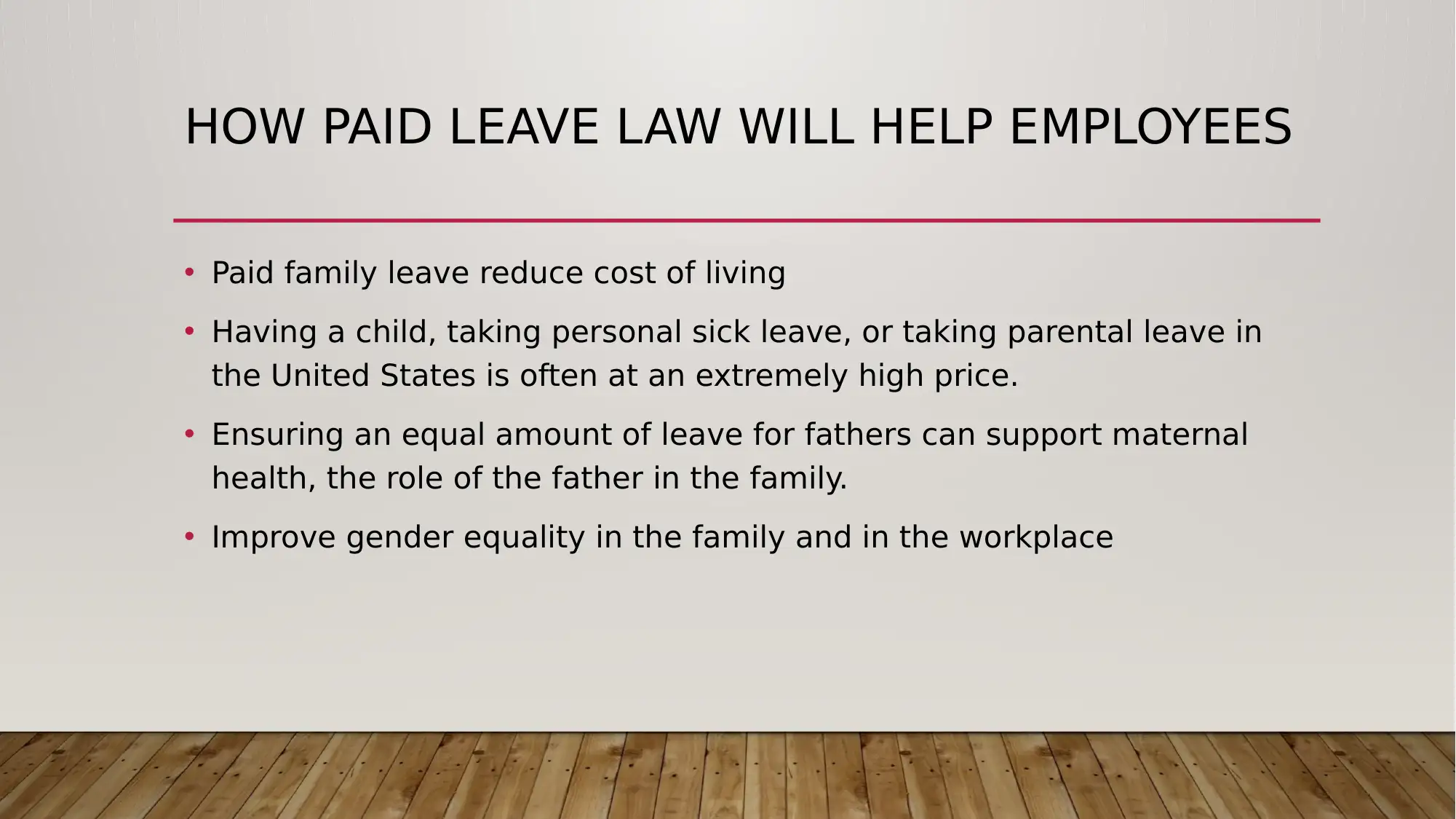
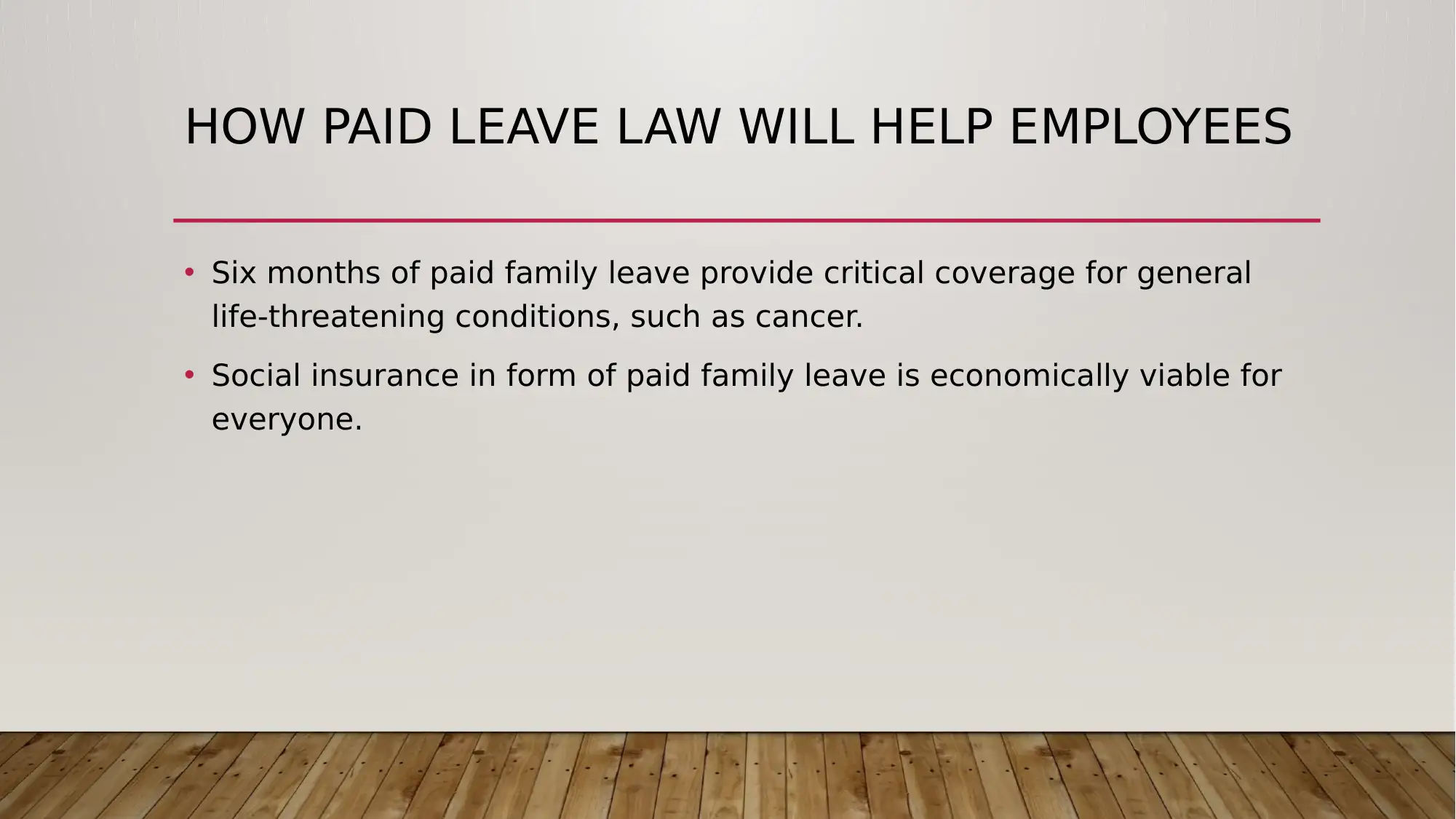
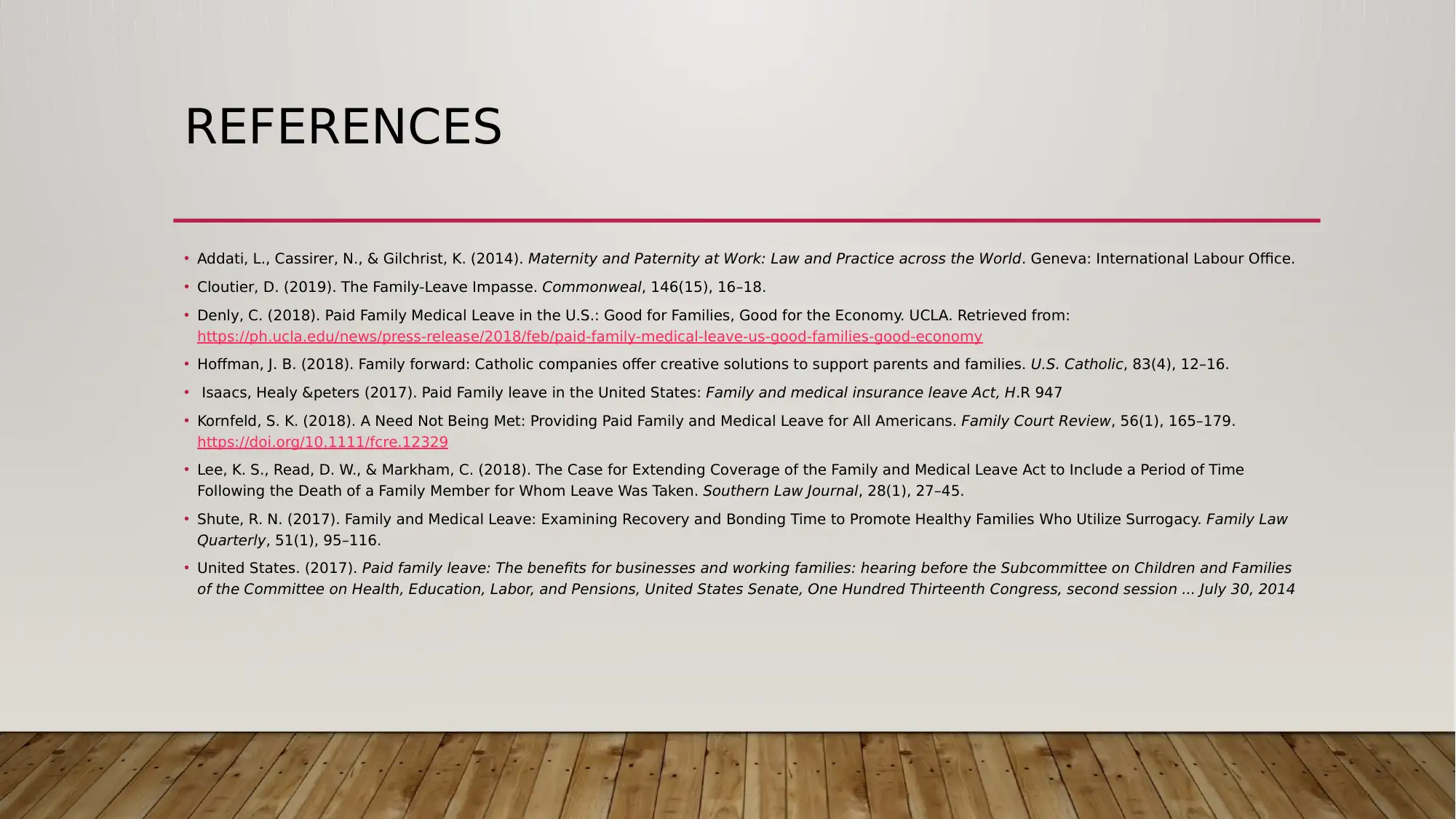





![[object Object]](/_next/static/media/star-bottom.7253800d.svg)